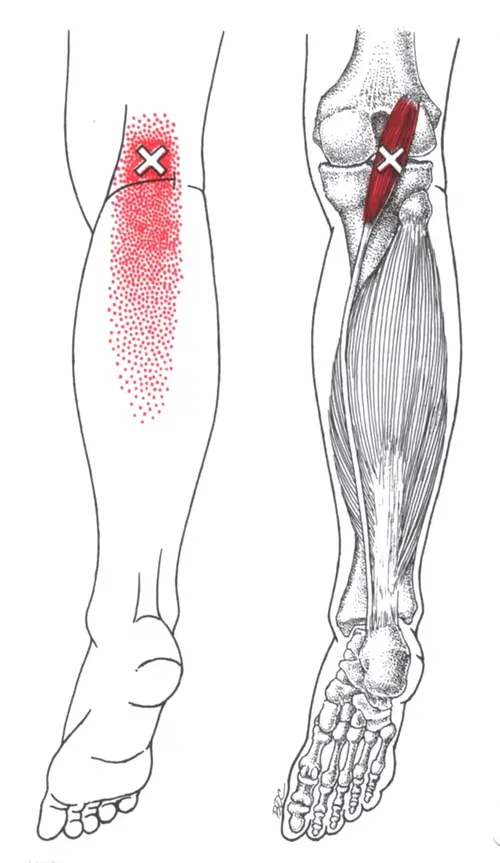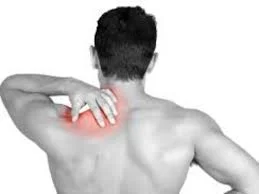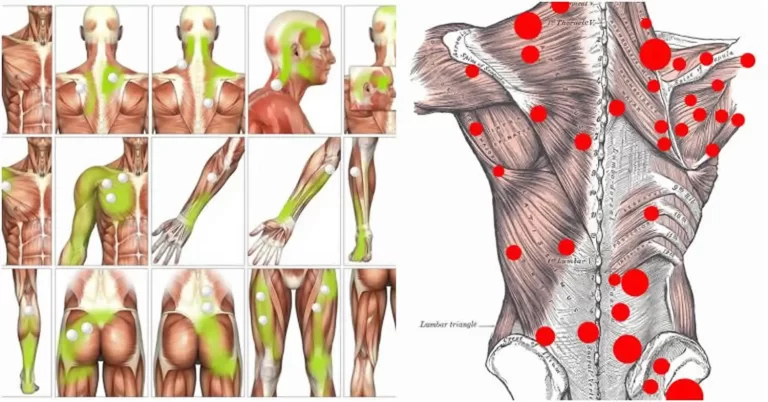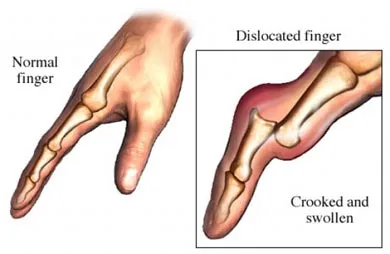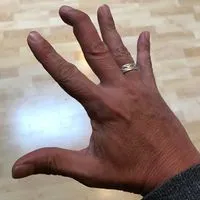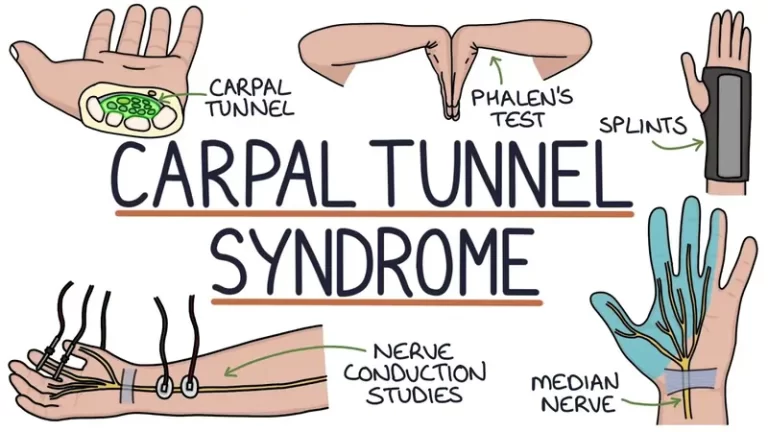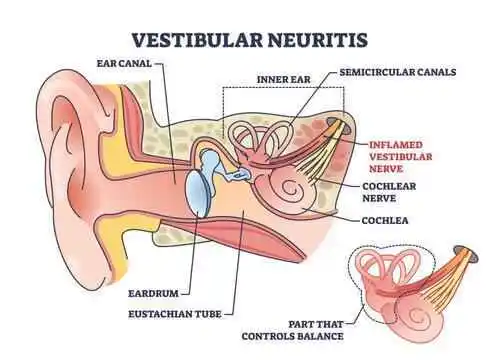Plantaris Muscle Pain
Plantaris Muscle Pain refers to discomfort or injury involving the plantaris muscle, a small, thin muscle located in the lower leg. The plantaris runs from the lower part of the femur to the Achilles tendon and plays a minor role in foot movement and knee flexion. While it’s not a primary muscle for most movements, pain in the plantaris can occur due to overuse, strain, or injury.
Anatomy of the plantaris muscle?
- The long, thin muscle known as the plantaris reaches into the sural area, or calf, of the posterior leg and behind the knee joint.
- This muscle is part of the superficial group of the leg’s posterior compartment, which also includes the gastrocnemius and soleus.
- The way muscles work:
- Knee joint = flexion of the knee
Causes of the plantaris muscle pain?
- The term “tennis leg” refers to the frequent pain that affects this muscle.
- The plantaris muscle rupture is another factor contributing to this pain.
- In sports like tennis, basketball, and soccer, which call for quick foot movement in a certain direction, this pain is caused by certain actions including jumping, running, and pushing off one leg.
- Rarely do plantaris muscles get strained.
- The other pain and other muscles at the rear of the lower leg usually coexist with this strain.
- Muscle soreness from exercise and overuse of a muscle are also contributing factors to this pain.
Symptoms of the plantaris muscle pain?
- You suddenly experience calf back pain.
- You are seeing the calf muscle expand and bunch.
- On occasion, you may see bruising and swelling in the rear leg.
- There are trigger or sensitivity points in the area of the muscle that hurts.
- You frequently hear a popping sound coming from the back of your leg.
Diagnosis
- In order to determine whether the pain is in the plantaris muscle or not, the diagnosis is crucial since pain can occasionally affect a considerable portion of the muscle.
- An MRI and ultrasound are recommended for the doctor to confirm the diagnosis.
- The diagnosis can be confirmed with both tests.
Treatment for the plantaris muscle pain?
RICE principle:
The RICE concept is recommended by the doctor as a primary treatment or at-home remedy when muscular pain arises.
- R-rest = The doctor always suggests resting for a while to relieve aches and pains in the muscles. You can use crutches to support your weight and relieve the pain.
- I-ice = You can also use frozen peas and an ice pack for ice treatment.
- C-compression = In addition to relieving swollen and aching muscles, compression bandages can also be employed.
- E-elevation: In order to relieve muscle pain and swelling, you must be raised to the affected leg.
Pain medication:
- For NAISD, you can also take an anti-inflammatory medication, such as ibuprofen, to relieve muscle soreness.
- Another option is to apply volini gel on the sore spot.
Physical Therapy Treatment for plantaris muscle pain?
- You can get relief from muscle pain, tightness, spasms, and edema with physical therapy treatment.
- Stretching, exercise, massage, and electrotherapy are all part of the physical therapy treatment.
Massage:
- It is recommended that a therapist use massage treatment to relieve muscle pain when trigger or tender points are present.
- It is administered for five minutes with the aid of oil.
- Three times a day, it is administered.
Electrotherapy treatment:
- A lot of machines are employed by the treatment therapist in electrotherapy.
- Therapists use US, or ultrasound therapy, to relieve muscle pain when trigger and tender points are present.
- This treatment is given to the painful area for five to ten minutes using a gel.
- Short wave diathermy (SWD), interferential treatment (IFT), and transcutaneous electrical nerve stimulation (TENS) are applied to the painful area by a pain therapist.
- One kind of hot therapy used to reduce pain in the affected area is called short wave diathermy, or SWD.
- IFC (interferential curent therapy) and TENS (transcutaneous electrical nerve stimulation) are applied to the sore area using gel and electrodes.
- Applying this therapy to the sore area takes ten minutes.
Stretching:
- Towel stretch
- Standing calf stretch
Towel stretch:
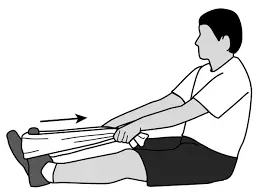
- The patient is extending one leg in front of you while seated on a stable surface.
- To maintain a straight knee joint, pull the towel in the direction of the body.
- After 30 seconds, hold this position and unwind.
Standing calf stretch:
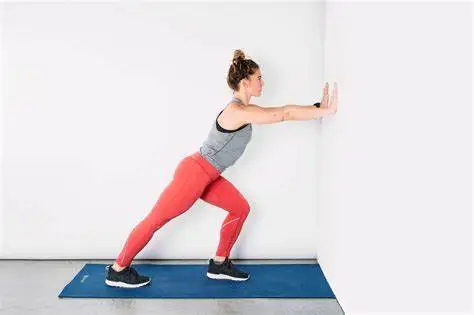
- For the purpose of stretching, the patient stands.
- After 30 seconds, hold this position and unwind.
- Perform this workout three times a day and ten times in a single session.
Exercise:
- Double-Leg Calf Raise
- Single-Leg Calf Raise
- Seated Calf Raise
- Seated heel raise
- Single balance leg
- Resistance Band Calf Exercise
- Wall jump
Double-Leg Calf Raise:
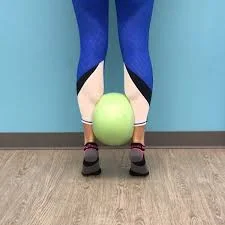
- The patient is balancing by standing close to a wall and a bench.
- Then, to elevate the body, push down into the balls of both feet.
- Surely To move straight up and move the body from side to side, keep your abdominal muscles taut.
- Perform this workout three times a day and ten times in a single session.
Single-Leg Calf Raise:
- The patient begins by standing with one leg bent and one leg close to a wall and bench for balance.
- To safeguard the joints, the leg’s ankle, knee, and hip are all vertically aligned.
- Next, elevate the foot and torso upward while pushing down into the ball.
- Avoid moving forward and backward because the abdominal muscles are drawn in.
- Perform this workout three times a day and ten times in a single session.
Seated Calf Raise:
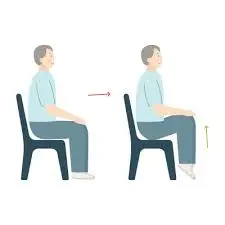
- Reposition the heels behind the knee joint by bringing the feet back.
- Perform this workout three times a day and ten times in a single session.
Single balance leg:
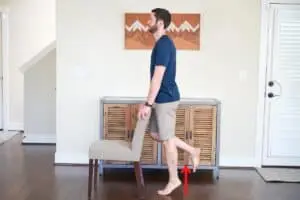
- Without any assistance, the patient is standing.
- After that, make plans to balance on one leg.
- After 30 seconds, hold this position and unwind.
- Perform this workout three times a day and ten times in a single session.
Resistance Band Calf Exercise:
- The patient is either standing or sitting.
- Wrap the band around the foot’s end and apply pressure to the band.
- Next, activate the calf muscle and extend the toe.
- Perform this workout three times a day and ten times in a single session.
Wall jump:
- A piece of masking tape should be placed on a pair of feet higher than the patient’s head while they face a wall.
- Afterward, leap up together, keeping your arms above your head, and feel the tape’s touch.
- Make sure you’re moving in a “spring” motion and avoid landing hard on your feet.
- Next, get better at landing and taking off on one foot.
- Perform this workout three times a day and ten times in a single session.
Summary:
- The most common cause of plantaris ruptures is a lunging motion made while sprinting or jumping. Achilles tendon rips and plantaris pain might have comparable symptoms, but the former heals far more quickly.
FAQs
How can the plantaris muscle be strengthened?
Sitting up straight in a chair with both knees bent and feet flat on the floor in front of you is another simple way to do this. Now lift your heels up and plant your toes firmly in the ground. After 10 seconds of holding this stance, return the feet to their starting position. Do this thirty times.
How is the plantaris muscle massaged?
Bring one foot up to rest where your hand can reach it while you sit on a chair or bed.
Does plantar fasciitis respond well to ice?
Rest, massage, ice, and painkillers
Pain related to the illness may be lessened by reducing inflammation. Plantar fasciitis can be treated by applying ice to the affected tissue, massaging the area, or combining the two methods two to three times a day for five to ten minutes at a time.
What is the plantaris’ primary purpose?
Because of its attachments, it participates in both knee flexion at the knee joint and plantar flexion of the foot at the ankle joint. In actuality, though, it only marginally supports the soleus and gastrocnemius muscles in carrying out these two motions.
What signs indicate an pain to the plantaris muscle?
Similar to a calf strain or Achilles tendon tear, pain and swelling can result from strains or tears of the plantaris muscle at the rear of the leg. You might experience pain, cramps, and other symptoms right away. Plantaris pain frequently result from activities that require lunging forward like sprinting or jumping.
How is the plantaris muscle exercised?
Scrunch of towels
Do this eight to twelve times.
Repeating these steps with your other foot is a smart idea.
How is the plantaris muscle tested?
Method for feeling the plantaris muscle. You can simultaneously prevent plantarflexion of the foot and flexion of the knee by placing your distal hand over the heel and pressing your forearm against the plantar aspect of the foot when the patient is prone and their leg is bent to about a 90-degree angle.
How are plantaris massaged?
Plantaris self-massaging
Position your thumbs in the lateral region of your calf and as high up as you can on your lower leg. Strike the muscle a few times by pressing your thumbs forward toward the shinbone.
How can the plantaris muscle be released?
A wall and a ball are necessary for the Plantaris muscle to self-release. Lean back against the wall while sitting, supporting yourself with your hands. As demonstrated in the last video, stretch the affected leg straight out in front of you while positioning the ball beneath the muscle. Allow your heel to drop to the ground.
How is pain from plantaris treated?
RICE, which stands for rest, ice, compression, and elevation, is frequently used in the treatment of plantaris pains. pain from plantaris typically recover completely after eight weeks.
References
- Ladva, V. (2024f, December 19). Plantaris muscle pain: Cause, symptoms, treatment, exercise. Samarpan Physiotherapy Clinic. https://samarpanphysioclinic.com/plantaris-muscle-pain/
- Patel, P. (2023, January 11). Plantaris muscle strain – Cause, Symptoms, Treatment, Exercise. Samarpan Physiotherapy Clinic. https://samarpanphysioclinic.com/plantaris-muscle-strain/#google_vignette

